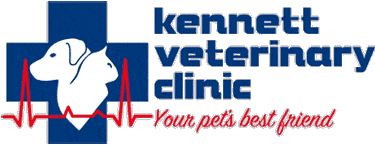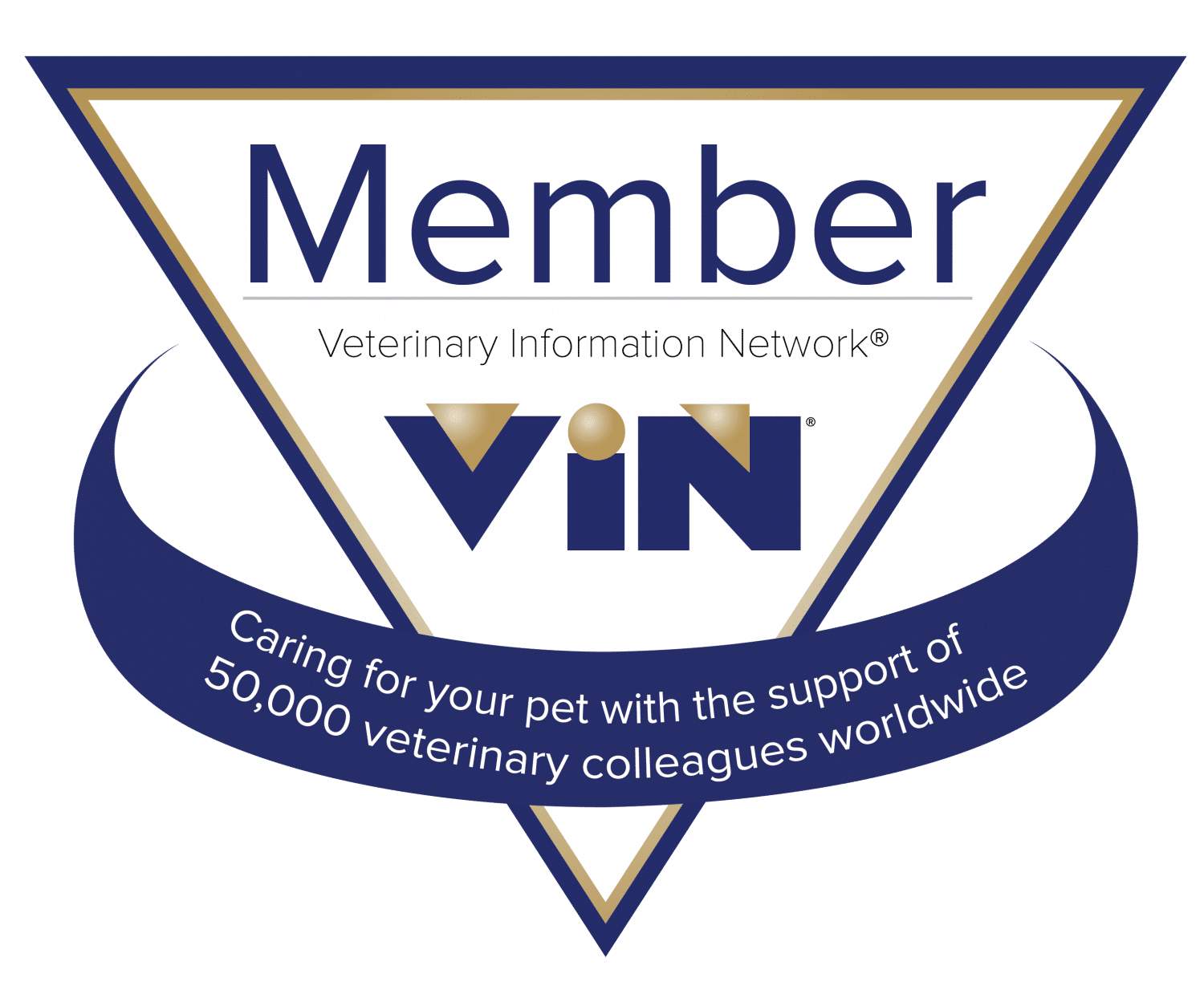You may recall that I mentioned chew bones and such in relation to basic dental care in a previous posting. One thing that I didn’t address was the ways in which some chew-toys can be hazardous to your pet’s health.
Dogs generally enjoy chewing on things. It keeps their mouths and their minds occupied. It doesn’t have to be anything nutritious, heaven knows, though the urge probably carries over from days when the dog-primeval had to work a lot harder for his rations than today’s dog-suburban. In fact, it is common for behavior specialists to prescribe special chew toys for dogs whose undesirable behaviors appear to stem from boredom. The hollow Kong, or similar toy, stuffed with edible treats can keep a dog occupied for quite a while as he attempts to extract the goody.
The traditional chew-object for dogs is a bone (or your shoes). They can’t really digest bones, but they sure do like them. Bone that are small enough to chew up are a problem. Many folks believe that it is only the "chicken bone" that is a problem in this way. Really, any bone that is small enough crunch up is likely to splinter (pork-chop bones and rib-bones are also bad). Bone slivers can lodge in the mouth, in the chest halfway down, or in the intestinal tract. Pieces of bone can cause severe constipation in some dogs. I have had patients who required multiple enemas to break up the mineralized mass of bone chips and other stool.
 One occasionally sees a dog in great pain as he tries to poop out sharp slivers of bone. I actually punctured my fingertip doing a rectal exam on a dog with that problem. That is a bad place to get a splinter, I can tell you.
One occasionally sees a dog in great pain as he tries to poop out sharp slivers of bone. I actually punctured my fingertip doing a rectal exam on a dog with that problem. That is a bad place to get a splinter, I can tell you.
A large bone like a cow’s leg bone is too big for them to chew off chunks, so that avoids choking and constipation hazards. It should be boiled first to sterilize it so that the dog doesn’t get food-poisoning from his chew toy.
Some chew toys are extremely hard, and may injure the teeth. A pipe-wrench would be in this category (my uncle’s dog used to chew on one and her teeth were ground down to nubs). Hard nylabones are okay to chew on, but if used to play catch, they can certainly break a tooth. Many dogs love to chew on cow-hooves, but they are hard enough to chip a tooth if you bite down just right (or just wrong).
 You may recall that some months ago there was a big flap about the "Greenies" chew bones. While they were advertised as 100% digestible, this was apparently only true if chewed gradually and swallowed in tiny pieces. If you gulped one down whole, it sat there like a rock, rather than dissolving. This did result in some intestinal blockages and choking problems.
You may recall that some months ago there was a big flap about the "Greenies" chew bones. While they were advertised as 100% digestible, this was apparently only true if chewed gradually and swallowed in tiny pieces. If you gulped one down whole, it sat there like a rock, rather than dissolving. This did result in some intestinal blockages and choking problems.
At the time, we had sold hundreds of them with no problems whatsoever, and I felt that the reports on CNN were probably exaggerated, if not an urban legend. Once the story broke, however, Veterinary Information Network had veterinarians from all over telling their own personal horror stories with the product. Then and now, I feel that the only way you could be absolutely certain your dog wouldn’t choke on something would be to keep a tight grip on it yourself. Dogs are just not particular about what they grab up or how they choke it down. I once had an English Bulldog patient who ate a Brillo pad. Possibly it resembled a hamburger patty from a distance (if you’re blind). On the other hand, I would suspect that steel wool and soap would pretty much burn all the way down. This should be a tip-off that the object is a non-food item. It made him feel bad, and he vomited it up. Before his owners could reach it, he had gulped it down a second time. This earns him a place in the stupid-dog hall of fame.
The makers of Greenies stepped up to the plate (rather than go out of business forever) and paid for a recall of their outstanding product, which they replaced with the new formulation pictured above. Now the chew-bones will dissolve even if you swallow them whole, so there are no blockage issues. You could still choke on them, I guess, particularly if you’re the sort of dog who would eat a Brillo pad…twice.
You need to select a chew-object that is the appropriate size for your dog’s mouth, so that it is not easily swallowed whole. It should have large ends to help prevent that, and when they are chewed off it should be replaced. Don’t pick a toy that sheds swallow-able, but undigestible pieces.
People are always saying that they wish their dog could talk. I wish they could read. Then they’d know it’s a "chew-bone", not a "gulp it down whole-bone".


Could you comment a bit more on rawhide chews. Once they get wet and soft, it seems they can cause some blockage if swollowed whole.
And the kind with the faux knot (to make them look like bones) seem like they could be a problem. Advice?
Great commentary. Yep would be nice if they could read. Nasty pics from your other post. Yikes!
Recently I had some destructive chewers that ate absolutely everything…not just the house and yard…even the sterilized bones on the market that I find (usually) fairly indestructible.
These dogs ate through everything within one night consistently. I pulled out all the veteran pet industry products. The only thing they would NOT chew were plastic water bottles–they just carried them around and crunched them for the noise.
Back to the bones, knuckles are the only ones I can really say work for destructive chewers. I won’t use those massive cow shin bones anymore after seeing what these last two dogs managed.
–and the rawhide question in the comments?
I forbid any of my animal behavior clients to use them based on the risk of blockages and choking.
Sometimes you can get away with the pressed (reconstituted) variety but there are too many problems with rawhide–and some are treated with formaldehyde.
Nice post! I very much agree with what your article says. I will be saving this page to my favorites for sure.
http://www.doghouses-4less.com